Fastest growing organism on planet earth – Kelp forest in a petri dish
 Oct 09, 2015 • 12:47 AM UTC
Oct 09, 2015 • 12:47 AM UTC Unknown Location
Unknown Location 140x Magnification
140x Magnification Microorganisms
Microorganisms
Manu Prakash
I am a faculty at Stanford and run the Prakash Lab at Department of Bioengineering at Stanford University. Foldscope community is at the heart of our Frugal Science movement - and I can not tell you how proud I am of this community and grassroots movement. Find our work here: http://prakashlab.stanford.edu
266posts
1192comments
42locations
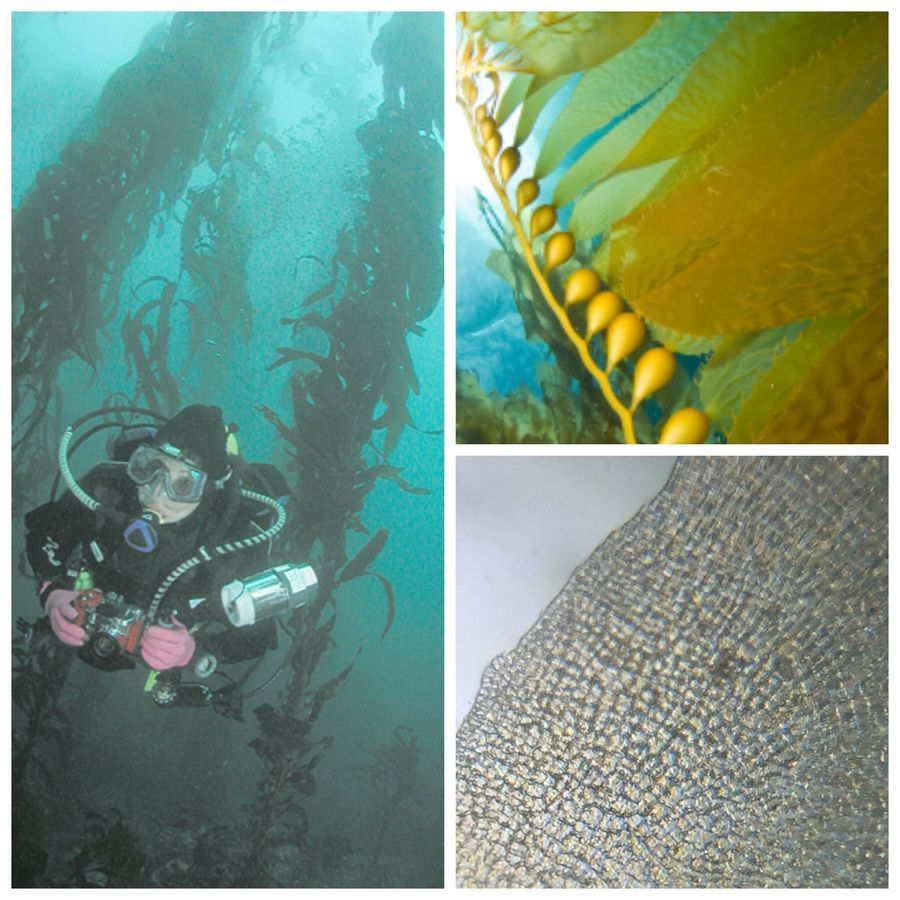
I recently visited one of my favouirate place in the west coast – Hopkins Marine station to give a talk. When you go give a talk at a scientific community – the most fun aspect is the chance to get to meet people on campus; people you might have never met. More so; I get a chance to talk t students about projects they are working on – and it’s an incredible experience.
Because I carry my Foldscope with me at all times; often scientific discussions turn into puzzles – which turn into a Foldscoping session. This is not the first time it happened – but indeed this one was quiet fun.
I met Crystal Ng at the Hopkins campus – in the basement of an old building. It might possibly be the oldest building on the Hopkins campus. But the building was field with all kind of sensors to measure things at depths of the ocean – with tons of diving suits parked nicely in the lab.
Crystal and I started talking; where she described to me her fascination for the Kelp forest. If you have never seen or heard of a Kelp forest; imagine a forest made of long tall trees – now take your imagination under water and you have a kelp forest. It’s not a tree though – it’s actually an algae.
Now here is the cool part about Kelp. It also holds the world record of the fastest growing organism on the planet. As fast as 0.6 m per day. You heard me right; yes 0.6 m per day and growing all the way up to 45m tall. That’s kind of insane.
https://en.m.wikipedia.org/wiki/Macrocystis_pyrifera
Because I carry my Foldscope with me at all times; often scientific discussions turn into puzzles – which turn into a Foldscoping session. This is not the first time it happened – but indeed this one was quiet fun.
I met Crystal Ng at the Hopkins campus – in the basement of an old building. It might possibly be the oldest building on the Hopkins campus. But the building was field with all kind of sensors to measure things at depths of the ocean – with tons of diving suits parked nicely in the lab.
Crystal and I started talking; where she described to me her fascination for the Kelp forest. If you have never seen or heard of a Kelp forest; imagine a forest made of long tall trees – now take your imagination under water and you have a kelp forest. It’s not a tree though – it’s actually an algae.
Now here is the cool part about Kelp. It also holds the world record of the fastest growing organism on the planet. As fast as 0.6 m per day. You heard me right; yes 0.6 m per day and growing all the way up to 45m tall. That’s kind of insane.
https://en.m.wikipedia.org/wiki/Macrocystis_pyrifera
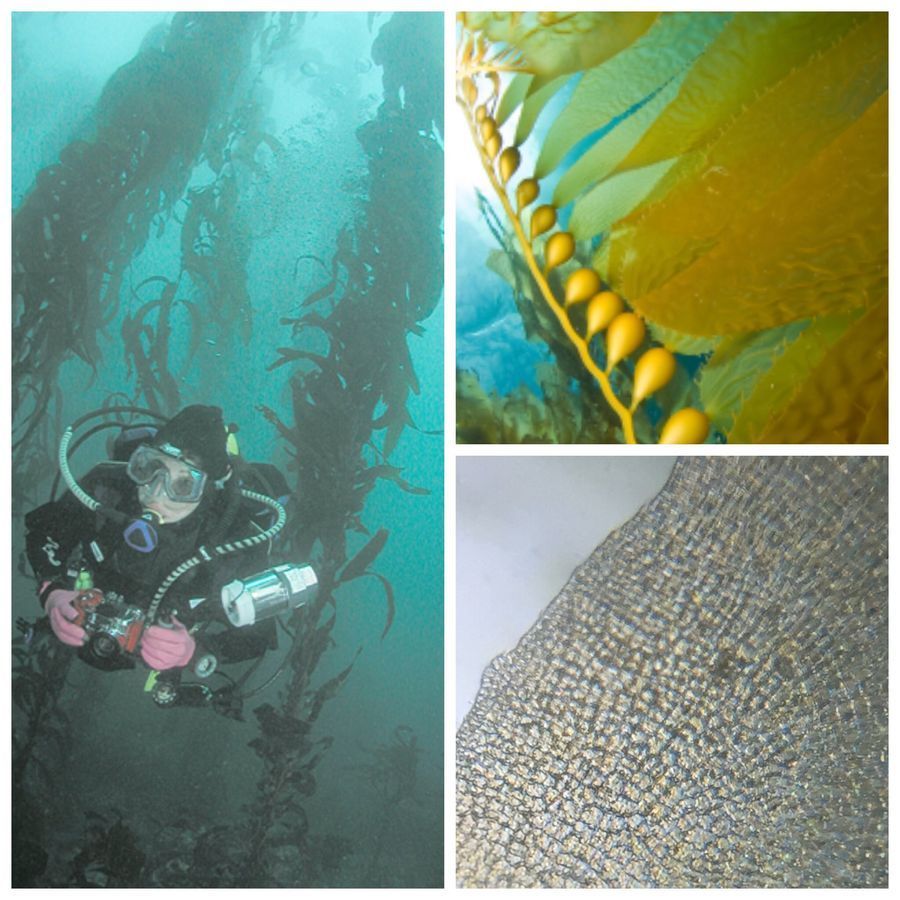
So I was curious and I wanted to know how does it do it.. I was getting ready to get into the divers suit and get in the water to talk to Mr Kelp “How you do it?” But Crystal stopped me. Firstly, she said the water is pretty cold in Monterey and secondly the water is pretty cold in Monterey.
But, she said with a smile; I got Kelp for you right here. She made it sound like she was a Kelp farmer of some sort. And within a few seconds, I realized – she is a Kelp farmer. In the fridge (remember, Mr Kelp likes it cold) was indeed a Petri dish of tiny baby Kelp. Now I was very excited – since I can just image them under a foldscope.
Crystal studies how grazers (such as snails and star fish) eat yummy Kelp (not kale my friend). And that can be bad for the Kelp but good for the snails. So she grows baby kelps by spawning them and letting them be eaten alive by grazers.
Now, I must pause here – because I said something quiet strange in the above paragraph. Yes, you can spawn an algae since they produce gametes (sperm and egg – sort of) which come together to form sporophytes (which is what we image) which grow into an adult.
But, she said with a smile; I got Kelp for you right here. She made it sound like she was a Kelp farmer of some sort. And within a few seconds, I realized – she is a Kelp farmer. In the fridge (remember, Mr Kelp likes it cold) was indeed a Petri dish of tiny baby Kelp. Now I was very excited – since I can just image them under a foldscope.
Crystal studies how grazers (such as snails and star fish) eat yummy Kelp (not kale my friend). And that can be bad for the Kelp but good for the snails. So she grows baby kelps by spawning them and letting them be eaten alive by grazers.
Now, I must pause here – because I said something quiet strange in the above paragraph. Yes, you can spawn an algae since they produce gametes (sperm and egg – sort of) which come together to form sporophytes (which is what we image) which grow into an adult.
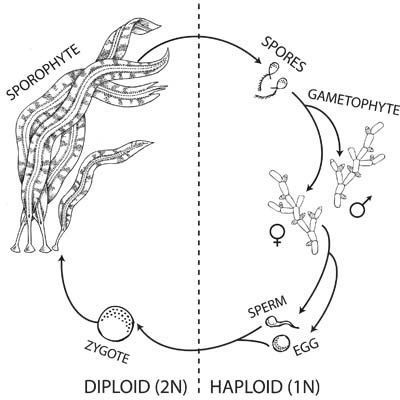
Here is a image of the Petri and all the sporophytes I imaged. They are incredible tiny literal brick like cells that line up perfectly to form a single mono layer of cells. I find the fact that it is a monolayer of cells quiet remarkable.
Here is your first view of sporophytes.
Here is your first view of sporophytes.
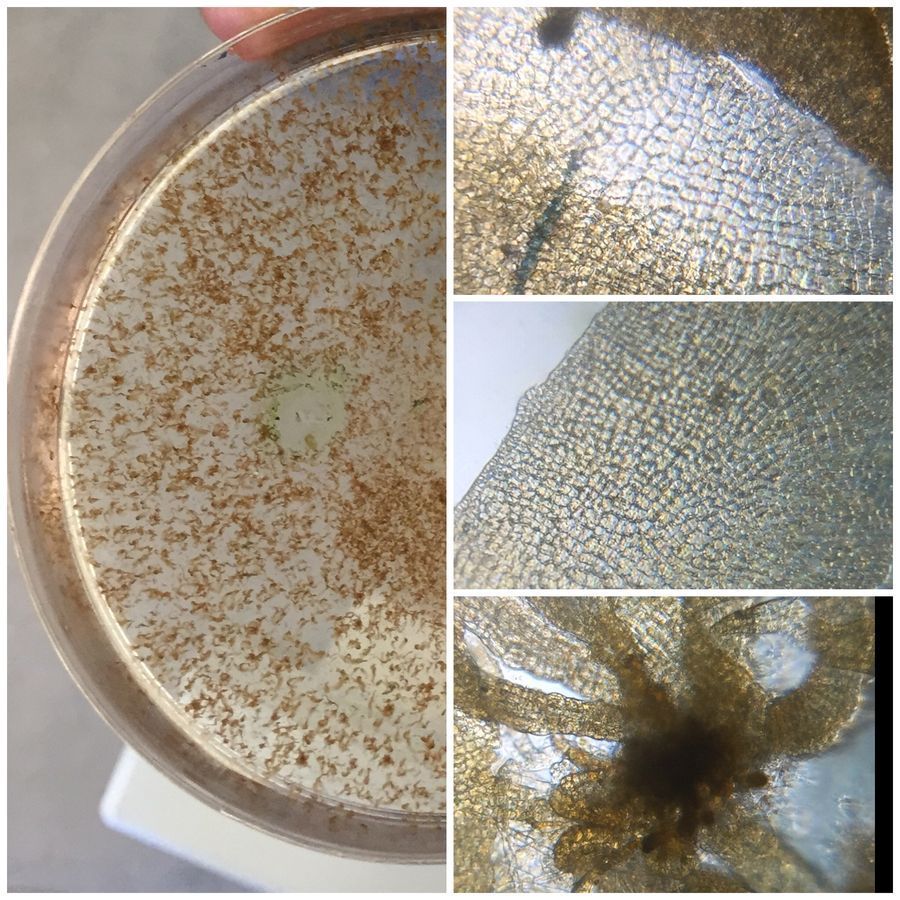
The remarkable geometry here has me baffled. Watch the cells on the edge – they line up nicely while the rest of the cells don’t form any pattern. It almost reminds me of cobble stones.
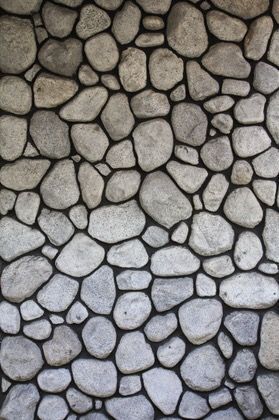
I was also able to segment some of the cells to look for in homogeneity in cell size just using simple filters. Next; I will do a time lapse to truly test the theory that Kelp is the fastest growing organism on the planet.
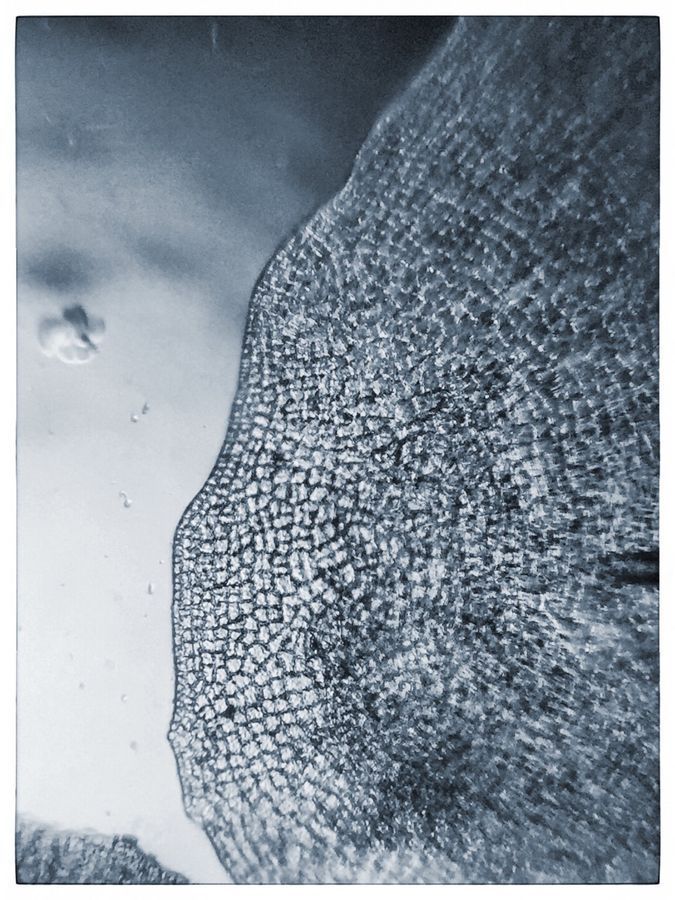
In the mean time, walk around the shore line and see if you can pick some Kelp sopophytes; or even better – find some eggs.
Keep exploring
Manu
Keep exploring
Manu
Sign in to commentNobody has commented yet... Share your thoughts with the author and start the discussion!

 0 Applause
0 Applause 0 Comments
0 Comments
















